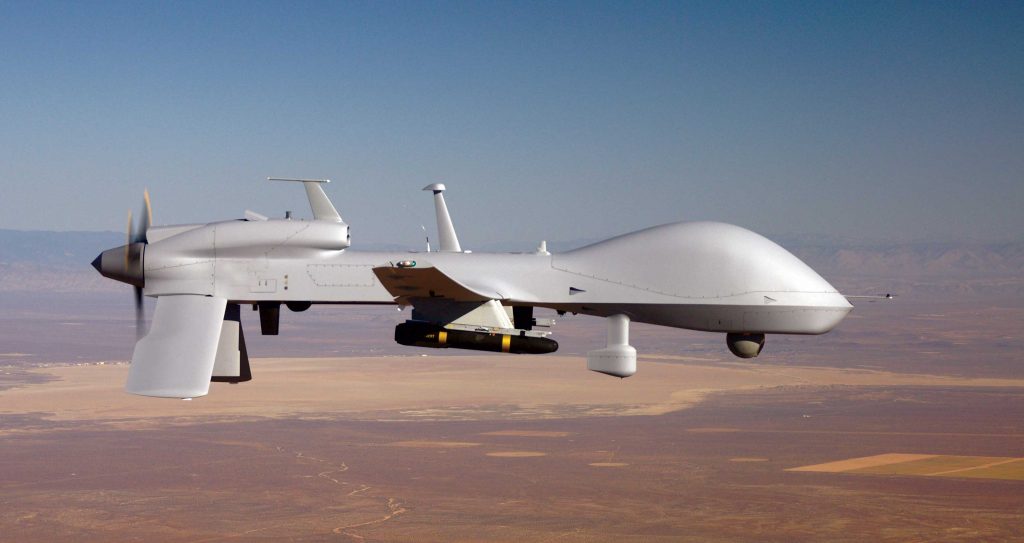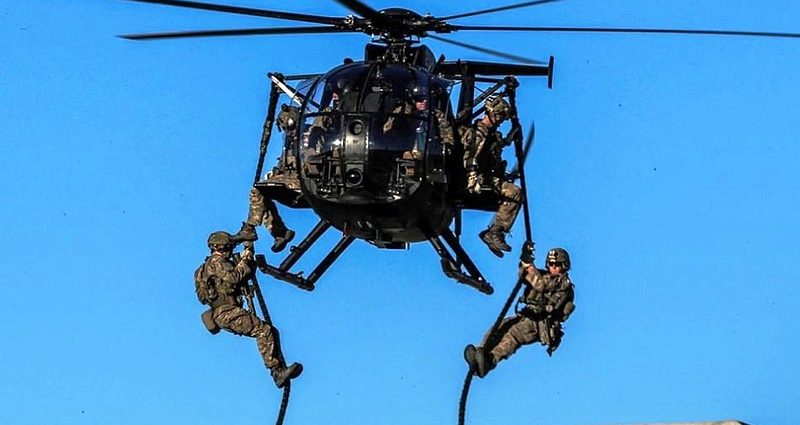The Army’s elite 160th Special Operations Aviation Regiment is the world’s premier rotary-wing unit.
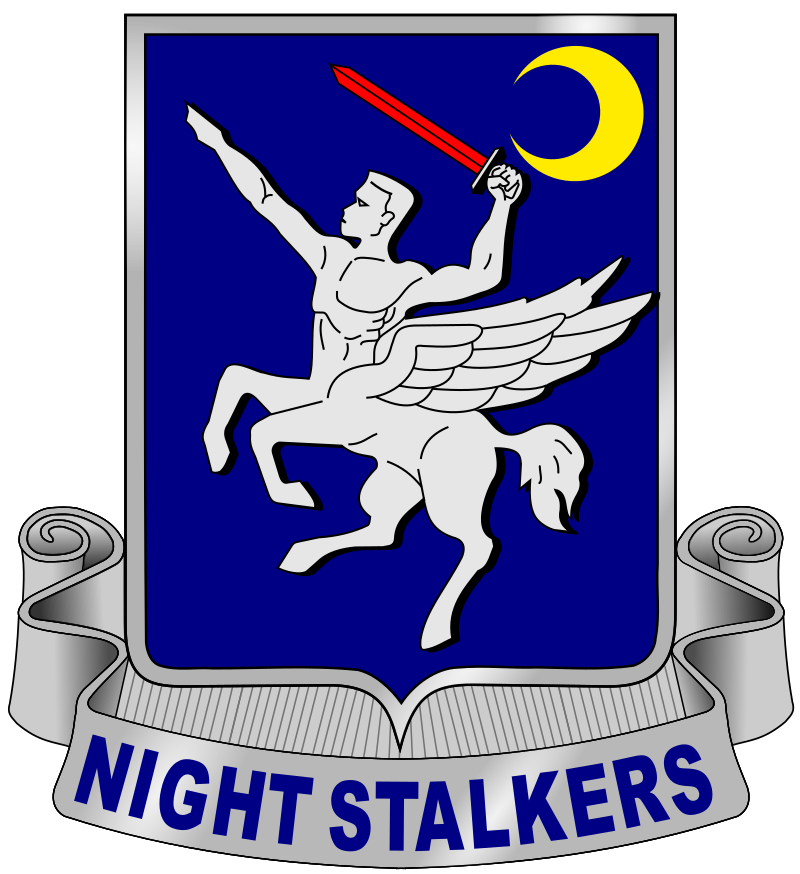
Since the unit’s founding in the early 1980s, the Night Stalkers have participated in almost all of the US military’s special-operations missions and campaigns.
The 160th Special Operations Aviation Regiment (Airborne) is a special operations force of the United States Army that provides helicopter aviation support for general purpose forces and special operations forces. Its missions include attack, assault, and reconnaissance, and these missions are usually conducted at night, at high speeds, low altitudes, and on short notice.
Nicknamed the Night Stalkers and called Task Force Brown within the Joint Special Operations Command (JSOC), the 160th SOAR(A) is headquartered at Fort Campbell, Kentucky.
These are the pilots and stealthy helicopters that flew SEAL Team 6 operators to the raid that killed Osama bin Laden.
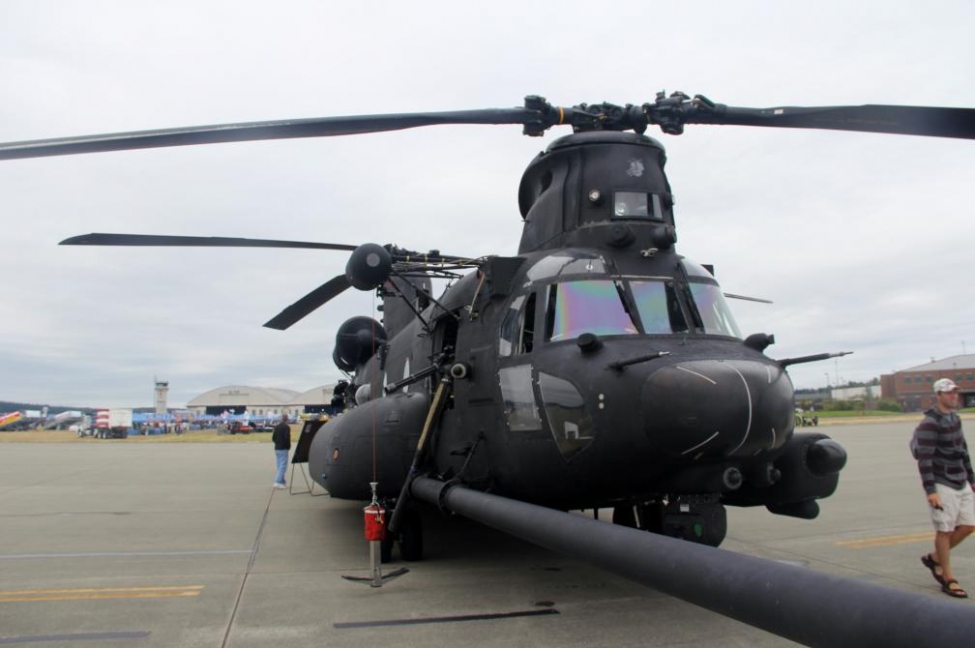
Born from disaster
After the failed Operation Eagle Claw attempt to rescue 66 American hostages held in Tehran, Iran in 1980, President Jimmy Carter ordered former Chief of Naval Operations Adm. James L. Holloway III to form a specialized unit.
The Army looked to the 101st Aviation Group, which had the most diverse operating experience of the service’s helicopter units, and selected elements of the 158th Aviation Battalion, 101st Aviation Battalion, 229th Aviation Battalion, and the 159th Aviation Battalion. The chosen pilots immediately entered intensive training in night flying.
This provisional unit was dubbed Task Force 158.
The unit was officially established on 16 October 1981, when it was designated as the 160th Aviation Battalion.
The 160th first saw combat during 1983’s Operation Urgent Fury, the U.S. invasion of Grenada.
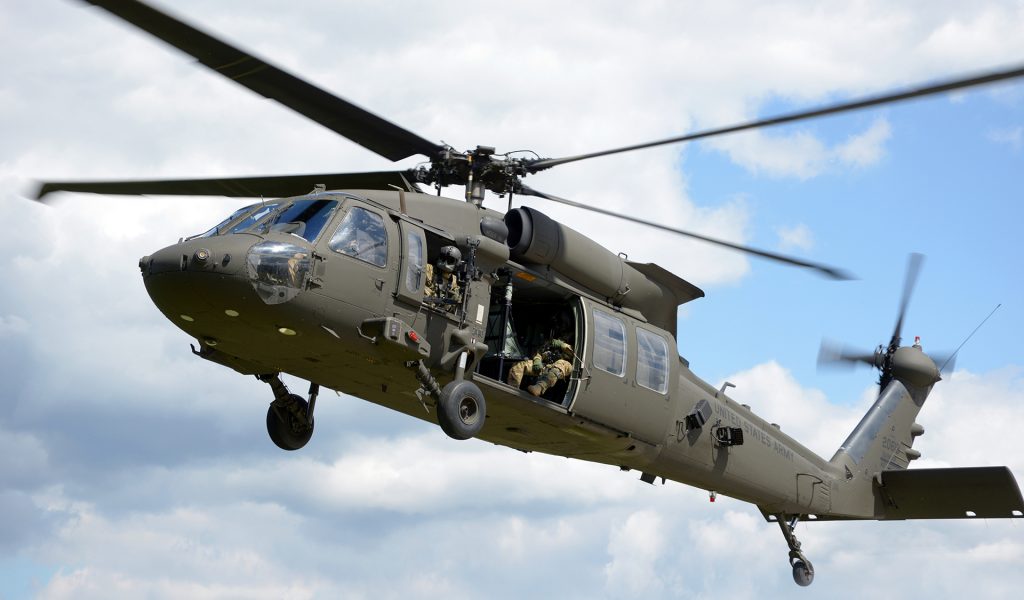
The Night Stalkers, who got their nickname from their affinity for darkness and unmatched night-time capabilities, have participated in almost all large- and small-scale special-operations missions and campaigns.
Τhey came to the limelight during the “Black Hawk Down” engagement in Mogadishu in 1993, in which the Night Stalkers lost two MH-60 Black Hawks and had numerous other aircraft seriously damaged. Five men were killed, several injured, and one captured.
When Night Stalkers went hunting Taliban and Al Qaeda targets, flying the agile AH-6 Little Birds, they would run out of ammunition for their helicopters, but go on fighting with their personal weapons and even lob grenades at the enemy.
During the Battle of Haditha Dam in 2003, a small element of Night Stalkers flying AH-6 and MH-6 Little Birds saved a Ranger company from being overrun by a large mechanized Iraqi force.

Unit Strength
Composed of four battalions, the unit operates three helicopter platforms and about 140 aircraft total. These include the small and agile MH-6 (assault/transport) and AH-6 (attack) Little Birds, the medium-lift MH-60 (assault/transport) and MH-60 DAP (attack) Black Hawks, and the heavy-lift (assault/transport) MH-47 Chinook.
The Night Stalkers’ newest addition, the secretive E Company, flies the MQ-1C Gray Eagle unmanned aircraft system.
In 2015, E Company was credited with killing 340 Taliban and ISIS fighters in Afghanistan and Syria during 1,063 combat missions over an 11-month period, showcasing the effectiveness of drones when paired up with special-operations units.
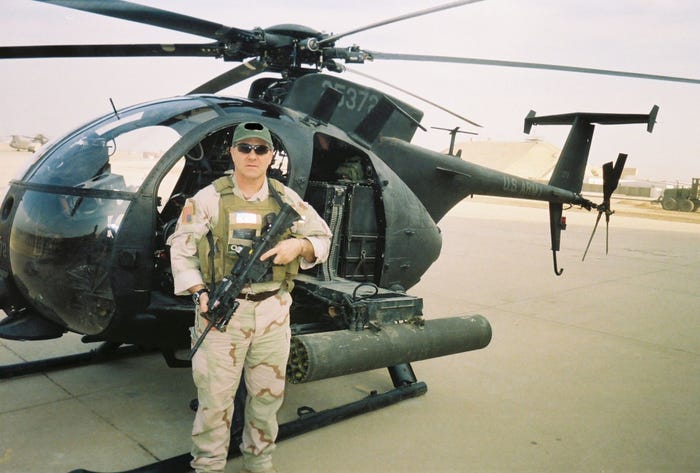
Green Platoon
The 160th SOAR (A) consists of the Army’s best-qualified aviators, crew chiefs, and support soldiers. Until 2013, only men were allowed to be pilots in the 160th, since then two women pilots have successfully completed Green Platoon and are flying with the unit. One flies an MH-60 Black Hawk and the other a MH-6 Little Bird.
There is a thorough administrative and qualifications screening process that takes place before a soldier reaches Green Platoon. Officer and warrant officer candidates must have at least 1,000 hours of flight time and 100 hours of flying with night-vision goggles to even be considered.
In Green Platoon they receive intensive training in advanced methods of the five basic combat skills:
- First responder
- Land navigation
- Combative techniques
- Weapons
- Teamwork
To become a Night Stalker, a soldier must first pass Green Platoon, an assessment and selection course, with one version for officers which lasts 20 to 28 weeks, and up to 6 weeks for enlisted soldiers.
Soldiers who fail to pass the course a first time may retake it, but there is no guarantee that anyone assigned to Green Platoon will pass and continue on with the 160th.
A new Night Stalker pilot arrives at a unit Basic Mission Qualified (BMQ). After a series of skills test qualifications, experience, leadership, and oral review boards lasting up to three years, the Night Stalker is designated Fully Mission Qualified (FMQ). After three to five years as an FMQ, the Night Stalker may try out for flight lead qualification.
Pilot candidates go through additional training which includes desert, mountain, urban, and maritime flying; Forward Arming and Refuelling Points (FARPs) and air-to-air refuelling operations; and chemical, biological, radiological, and nuclear operations. The airframe-specific training lasts between 71 days and 85 days, depending on the aircraft, and it takes about two years for a new pilot to be FMQ.
The officer version of Green Platoon has an attrition rate of 65% to 70%. The enlisted version has an average attrition rate of 40%.
Only officers and warrant officers can become pilots, though enlisted soldiers can technically be pilots if they fly UAVs with E Company.
